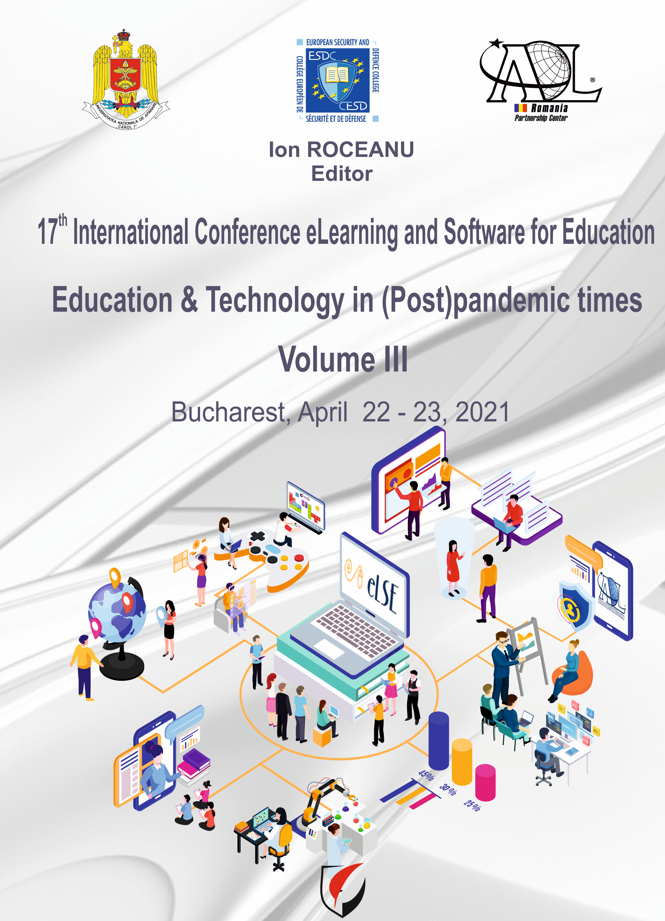USING MOBILE TECHNOLOGY TO EVALUATE THE ACTIVE LIFESTYLE OF ADULTS FROM CAMPUSES IN QATAR
USING MOBILE TECHNOLOGY TO EVALUATE THE ACTIVE LIFESTYLE OF ADULTS FROM CAMPUSES IN QATAR
Author(s): Elena Daniela Salih Khidir, Monica Stănescu, Souzan AL SAYEGHSubject(s): Higher Education , Methodology and research technology, Health and medicine and law, ICT Information and Communications Technologies
Published by: Carol I National Defence University Publishing House
Keywords: pedometer; physical activity; step-count; walking; lifestyle;
Summary/Abstract: In Arab countries, physical inactivity among adults varies from 33% to 86%. Qatar shows an inactivity prevalence of 41.6%. This study describes the evaluation of 2 phases community-based intervention in university campuses in Qatar, Step into Health (SIH), designed to engage adults from campuses in Qatar into healthy lifestyle through walking. This evaluation aims to assess the effectiveness of mobile technology usage to increase participation in registered adult within the walking program. This study involved 397 eligible students and staff (aged 18-64 years), from 15 university campuses. The mobile technology-based interventions were implemented in 2 phases, (January - May 2018) – 288 participants, and (January – May 2019) - 109 participants with 104 common members that joined both phases of the program. Step counts were assessed by programme coordinators using pedometers and mobile applications linked to a web-database. This intervention engaged inactive, low active and active students into the walking program by use of mobile technology. Results showed a significant increase in steps uploads during the phase one of walking intervention when participants received reminders, awareness sessions and technical support related to the mobile technology use. Although, these 104 members were committed to a long period of time, (10 months) to perform walking at the low physical activity level, they did not register a significant improvement of the physical efforts over time. The step uploads result for both intervention phases demonstrated higher level of motivation amongst participants.
Journal: Conference proceedings of »eLearning and Software for Education« (eLSE)
- Issue Year: 17/2021
- Issue No: 03
- Page Range: 404-415
- Page Count: 12
- Language: English

